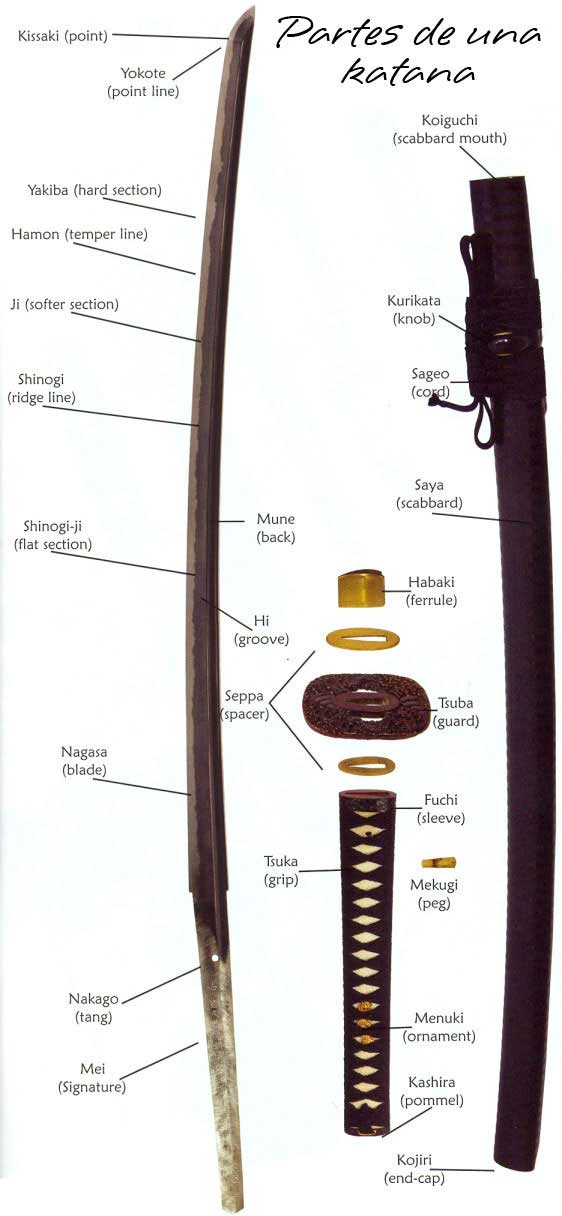What is the Nakago?
The Nakago is one of the most important parts of the katana, the famous Japanese sword. It is the section of the blade that is located inside the tsuka, the handle of the katana. Despite its less visible position compared to the blade, the Nakago plays a fundamental role in the stability, effectiveness, and durability of the weapon.
The design and construction of the Nakago can vary considerably, reflecting both the type of katana and its intended use. For example, some Nakagos have straight and smooth forms, while others display intricate engravings and decorations that can tell a story about the tradition and lineage of the samurai owner. This aesthetic aspect not only adds value but can also be a showcase of the craftsman's skill who made it.
To ensure a secure grip and the proper functioning of the katana, the Nakago must be firmly attached to the tsuka. This is achieved through the mekugi, the pegs that secure the blade to the handle. It is essential that the mekugi are kept in good condition, as any looseness can compromise the user's safety during combat or practice.
The maintenance of the Nakago is essential to ensure both the effectiveness and longevity of the katana. For this, it is recommended to:
- Clean the Nakago regularly to remove any residue or accumulated dirt.
- Apply appropriate lubrication to prevent oxidation and corrosion, especially if the katana is exposed to moisture.
- Protect the Nakago from impacts and blows, as even minor damage can affect its performance and durability.

Caring for the Nakago is not only a matter of functionality but also of respect for the cultural heritage represented by the katana. Each katana tells a story, and the Nakago, although discreet, is a vital component in the narrative of this Japanese martial art. This makes it an element worthy of recognition and care by collectors and practitioners.
















